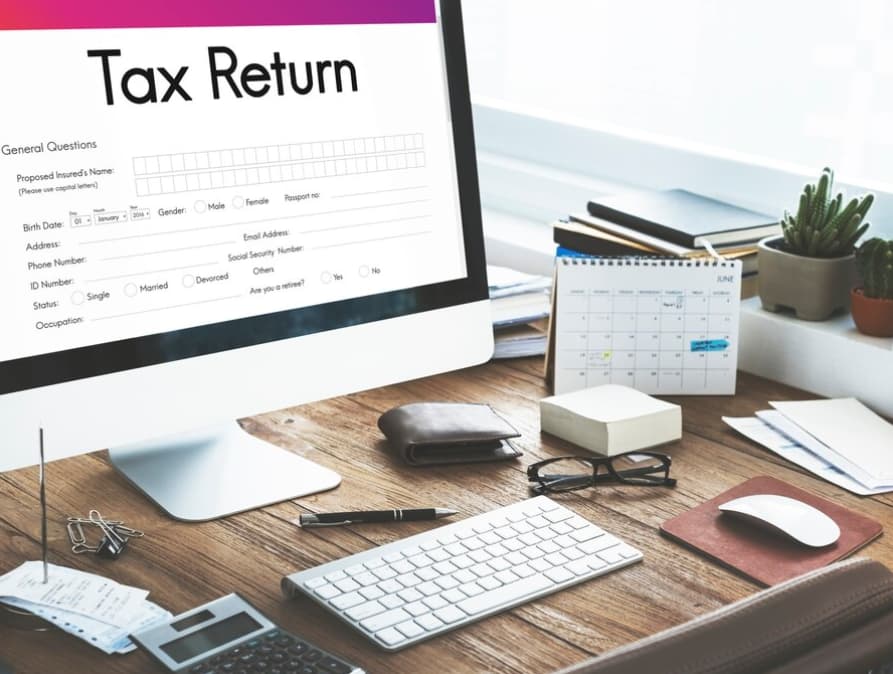
Drawing a clear picture of the term Electronic Return Originator, or ERO, it serves as a pivotal tool in the electronic transmission of your tax return to the Internal Revenue Service (IRS). Predominantly, if you opt for e-file annually, you’re likely engaging an ERO during tax submission. This tool is primarily deployed by tax professionals or those assisting you with annual tax responsibilities. Those who prefer handling their taxes independently may find the ERO quite familiar. As we delve into Electronic Return Originators, let’s connect their role with practical financial processes, like the consolidated pay bill, for a well-rounded understanding of modern financial management.
The function of an Electronic Return Originator
While it’s easy to assume that an Electronic Return Originator exists to facilitate tax preparation, its primary role is to serve as a link between taxpayers and the government, specifically the IRS. This communication can be achieved in several ways such as:
- The ERO can forward the tax file to a transmitter, who subsequently sends the files to the IRS;
- The ERO may directly transmit tax files to the IRS;
- The system may channel it to a secondary party for processing before IRS submission.
Essential Responsibilities of an ERO
An Electronic Return Originator bears several duties that are crucial to efficient tax submission. A few of these responsibilities include:
- Ensuring tax files reach the IRS within the stipulated time frame;
- Guaranteeing the transmission of all documents attached to your tax file alongside your taxes to the IRS;
- Offering you the option of printing copies of the electronically submitted documents;
- Enabling access to past returns and documents in your account. Similarly, the IRS can retrieve any past records within the system;
- Limiting the acceptance of returns to taxpayers and providers intending to file a tax return.
Even with multiple returns, you will maintain a single EFIN. However, obtaining more than one EFIN is possible but only through IRS provision. This usually manifests in cases involving large companies handling varied returns.
The ERO and its Benefit to Businesses

The adoption of the E-file system, supported by Electronic Return Originators (EROs), brings a multitude of advantages to the commercial sector. This system enhances the efficiency of the tax filing procedure, curtails the likelihood of inaccuracies, and accelerates the reimbursement of overpayments. Entrepreneurs benefit from the ERO’s facilitation of easy access to historical tax filings and pertinent documentation, ensuring that essential records are readily available for review or audit purposes.
How does an ERO Ensure Tax Compliance?
An ERO plays a crucial role in ensuring tax compliance by meticulously overseeing the electronic submission of tax returns. They employ stringent checks and balances to verify the accuracy of the data, adhere to the latest tax codes, and stay abreast of regulatory changes. This vigilance helps businesses maintain compliance with tax laws and mitigate the risk of penalties associated with non-compliance.
Tax compliance is a critical part of any business operation. An ERO not only simplifies the tax filing process but also ensures that businesses adhere to tax laws and regulations. The use of an ERO can significantly reduce the risks of penalties associated with late or incorrect tax filing.
Conclusion
In conclusion, the Electronic Return Originator stands out as a reliable mechanism for anyone who prefers managing their taxes independently. It’s a user-friendly tool that guarantees timely delivery of your tax documents to the IRS. Therefore, investing in quality ERO services can significantly enhance your tax submission and compliance processes.